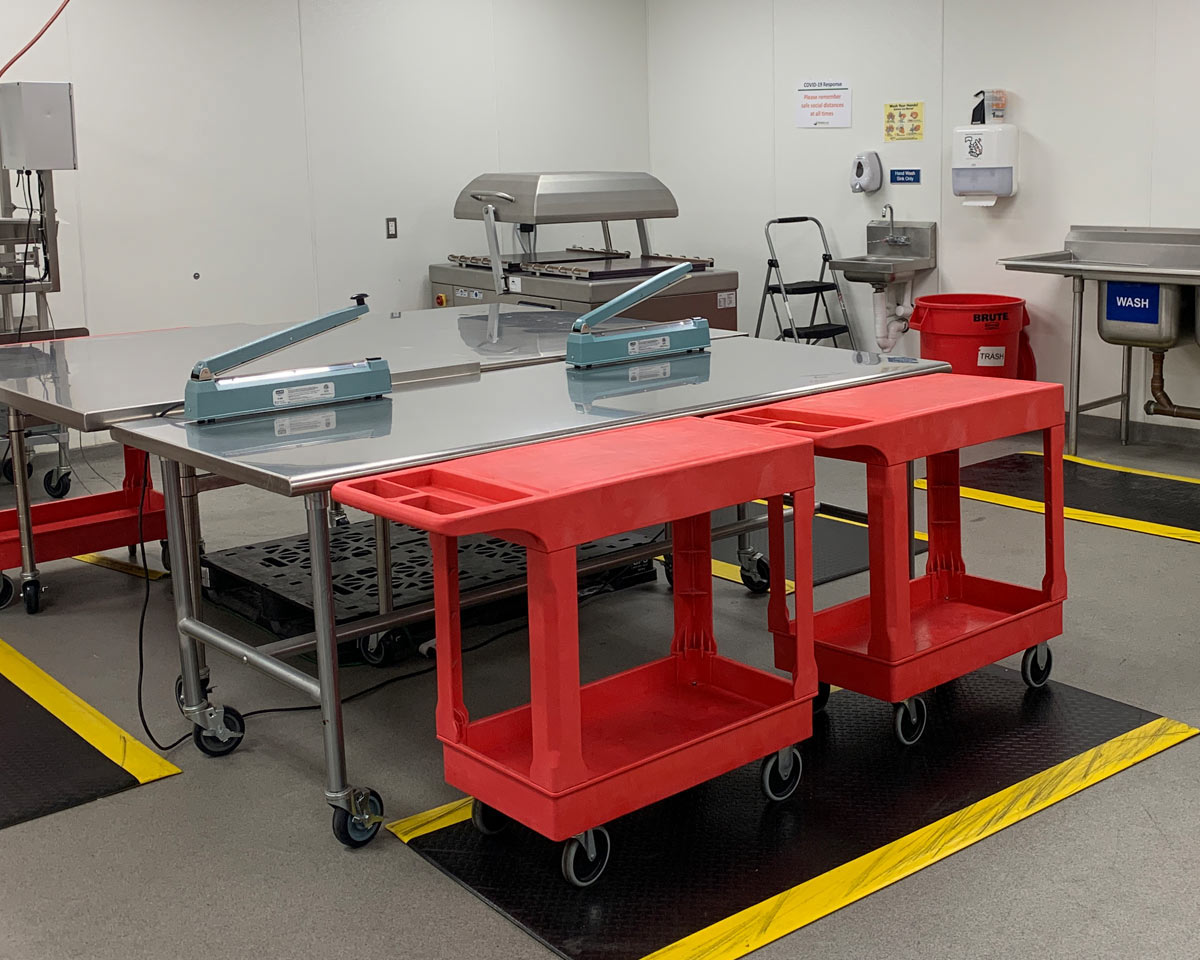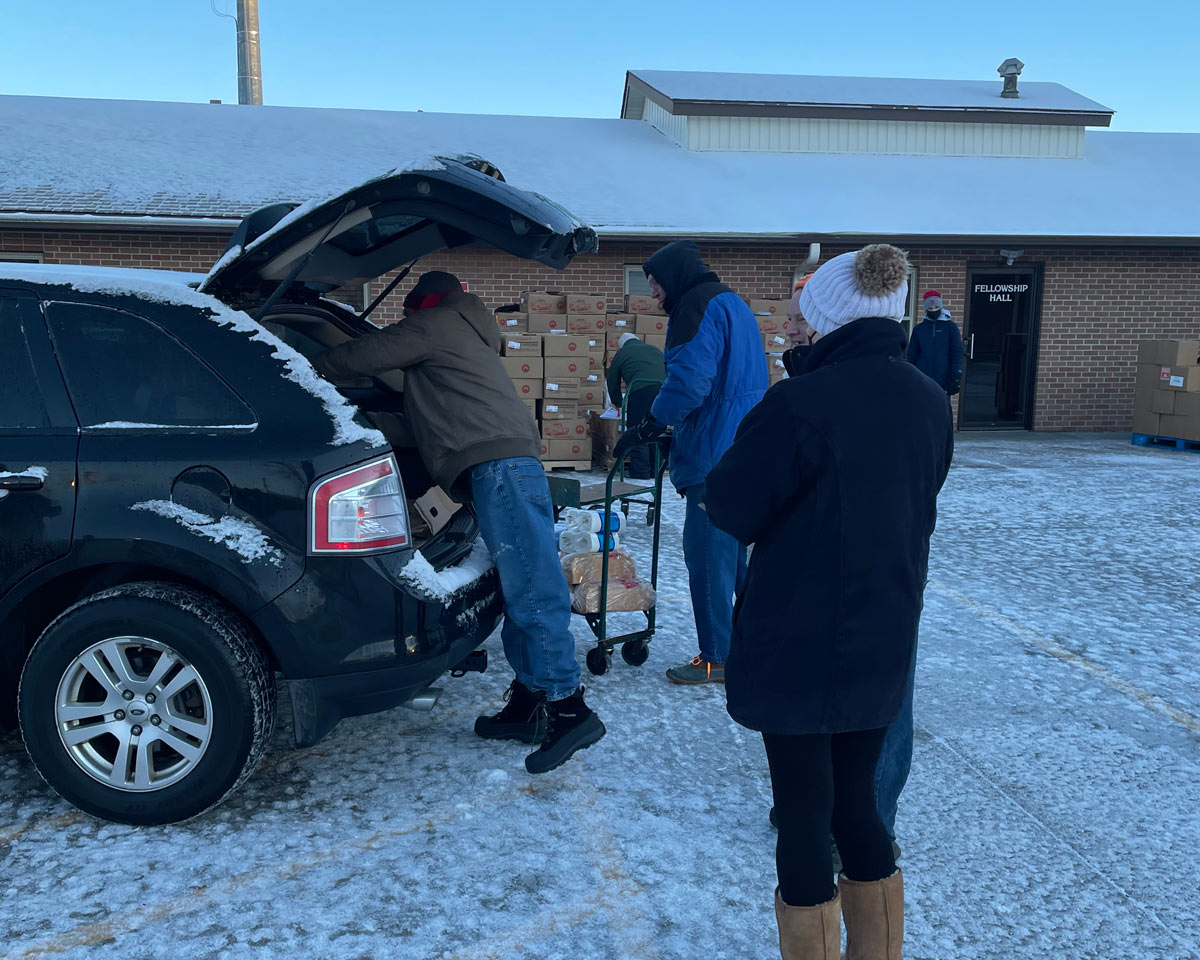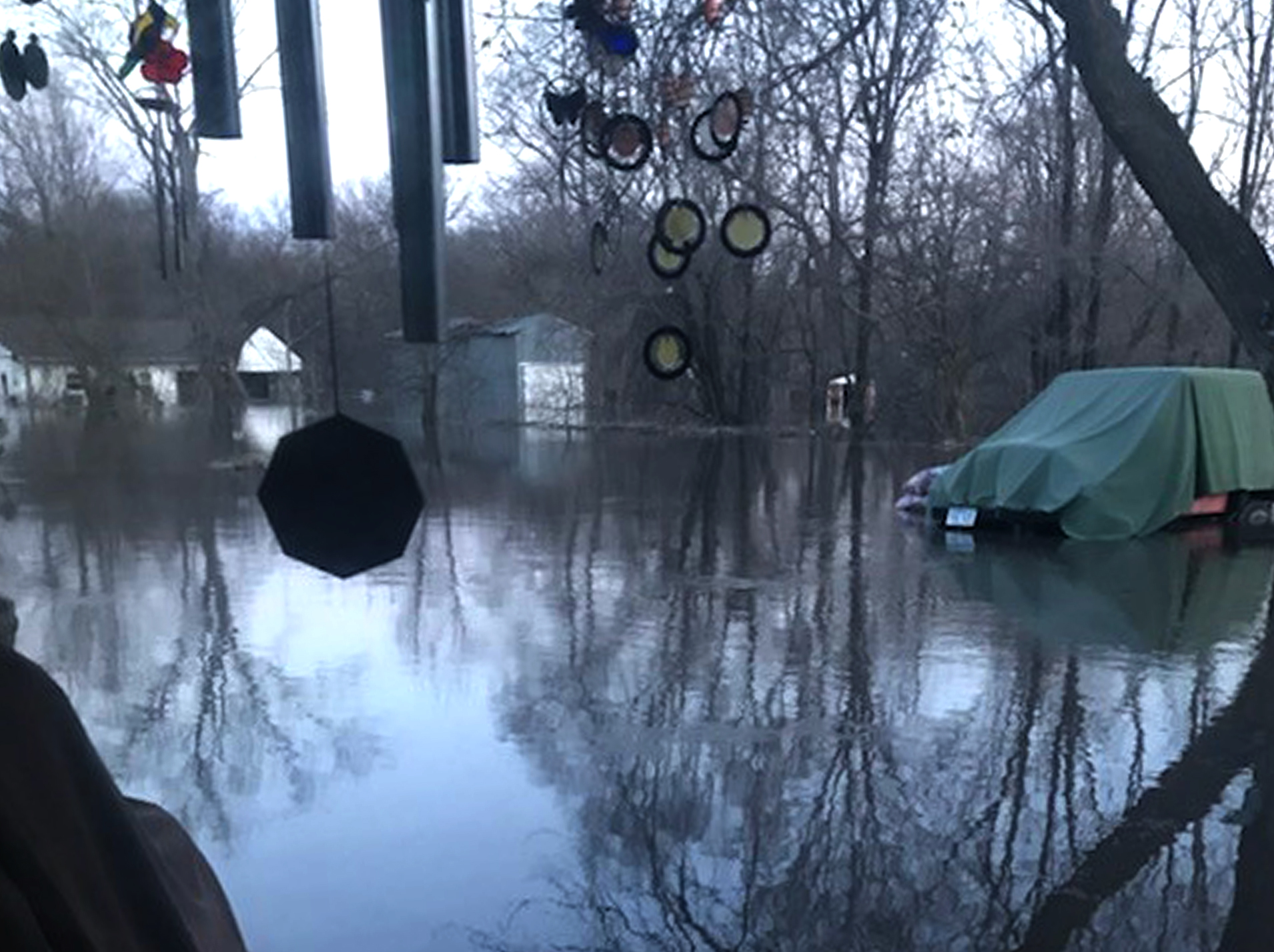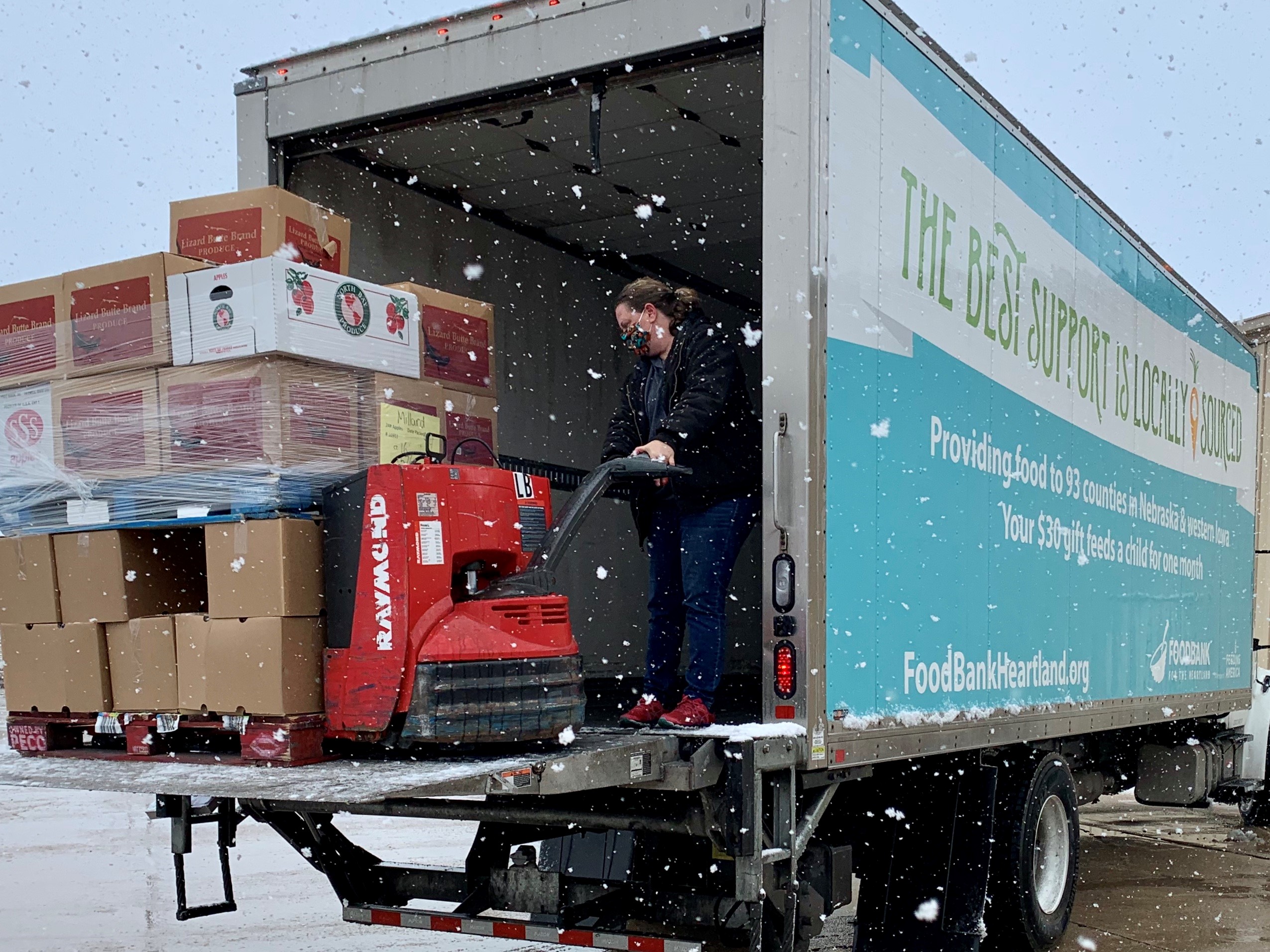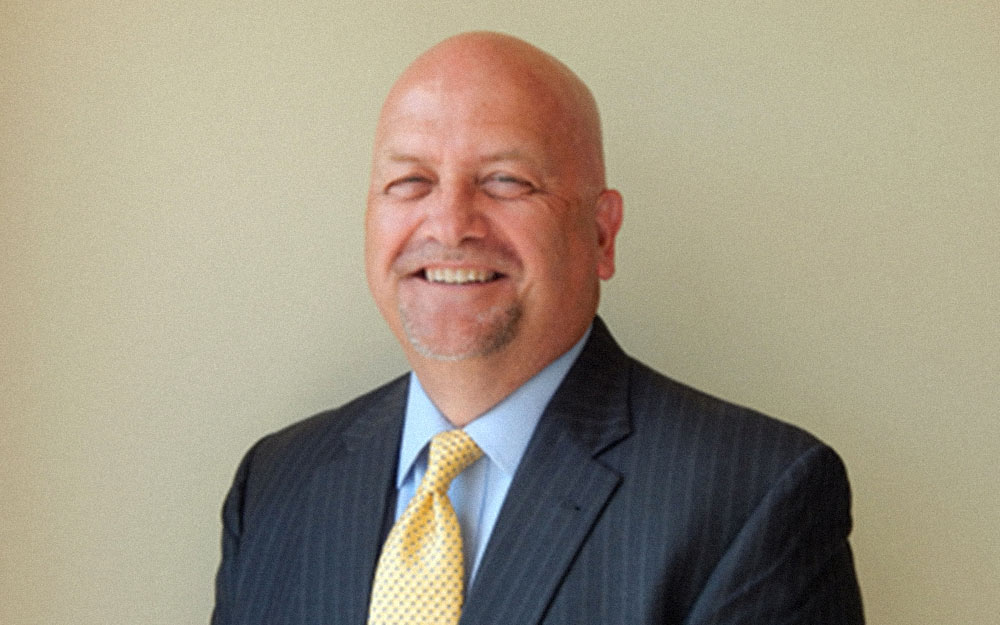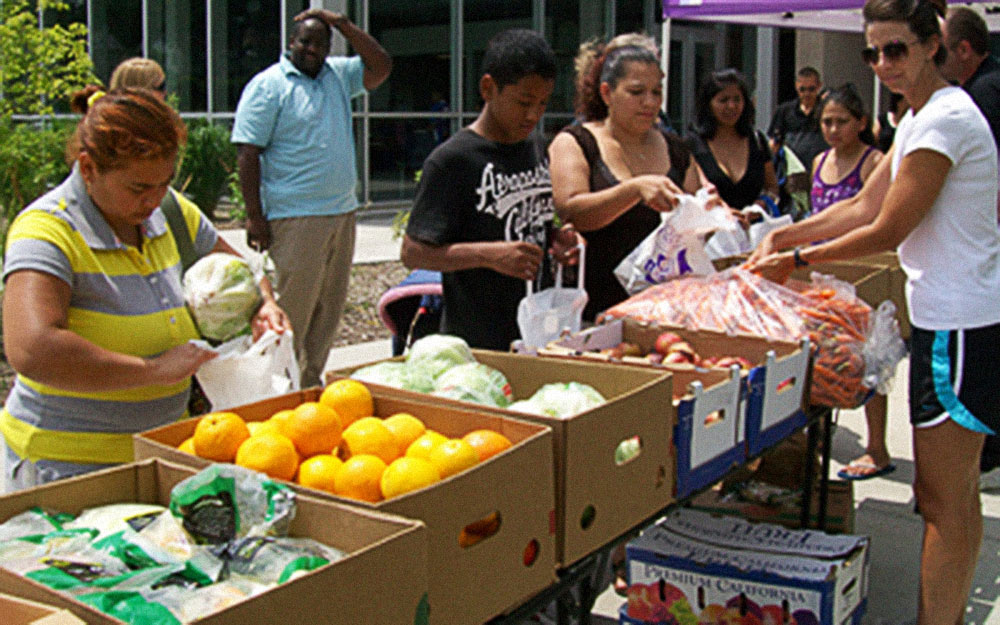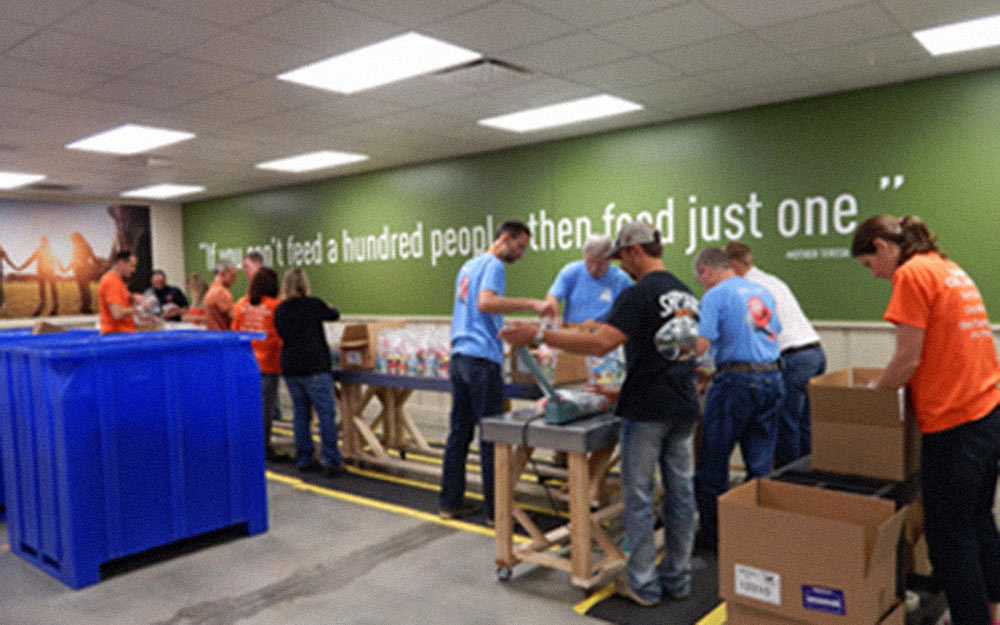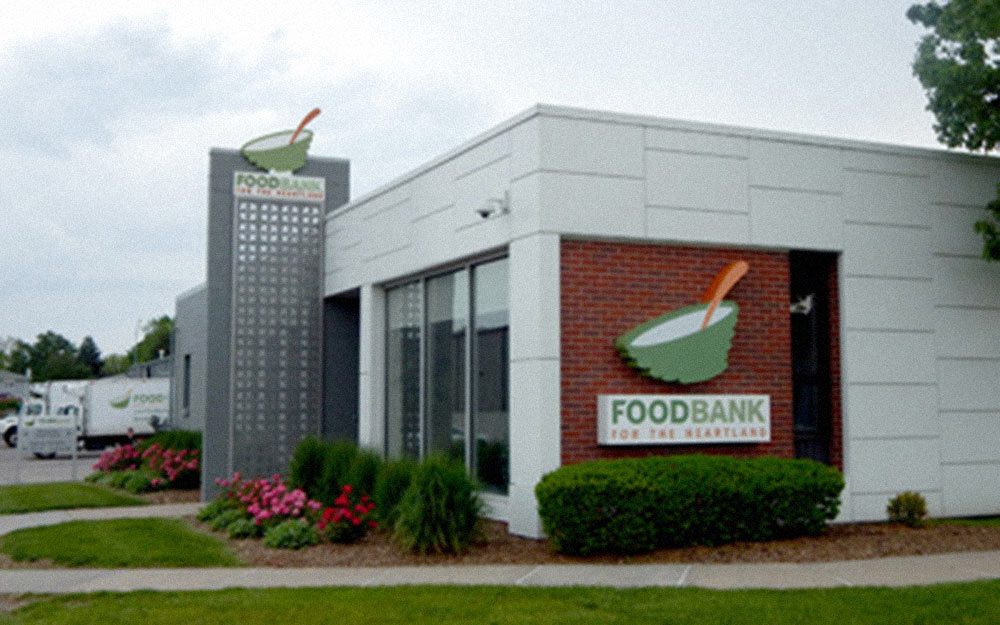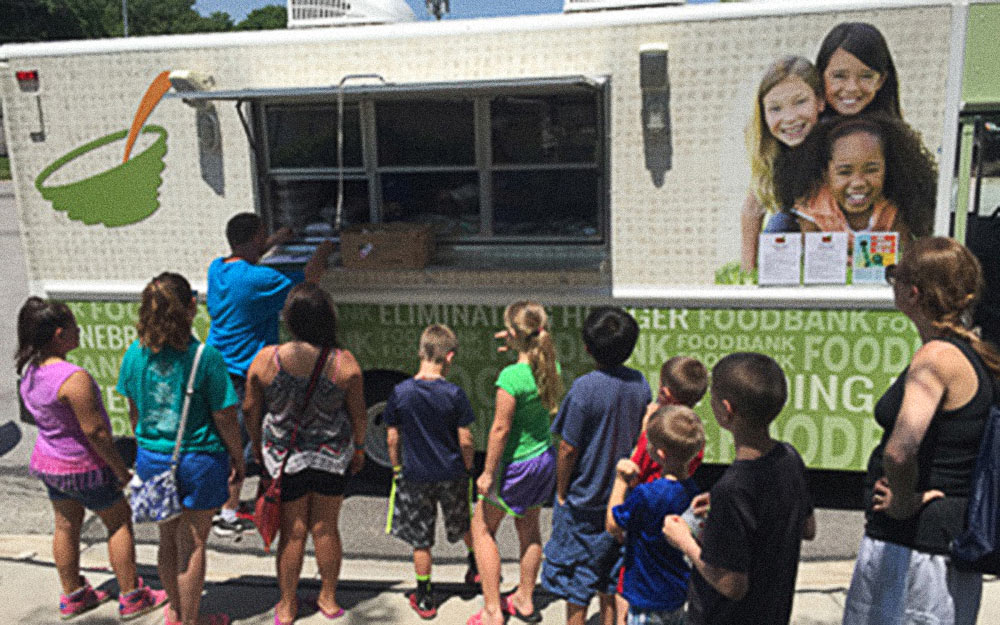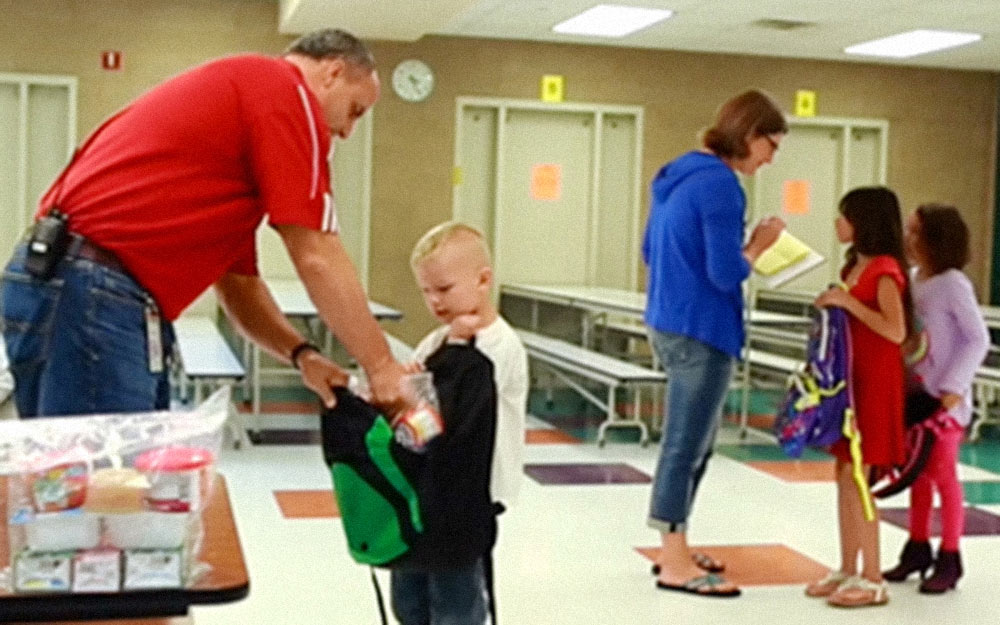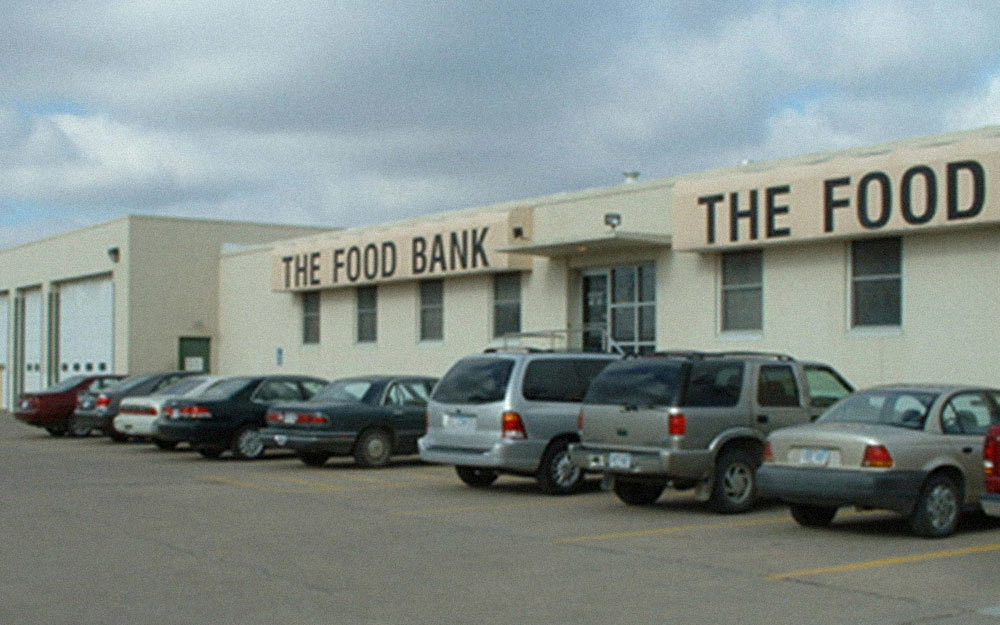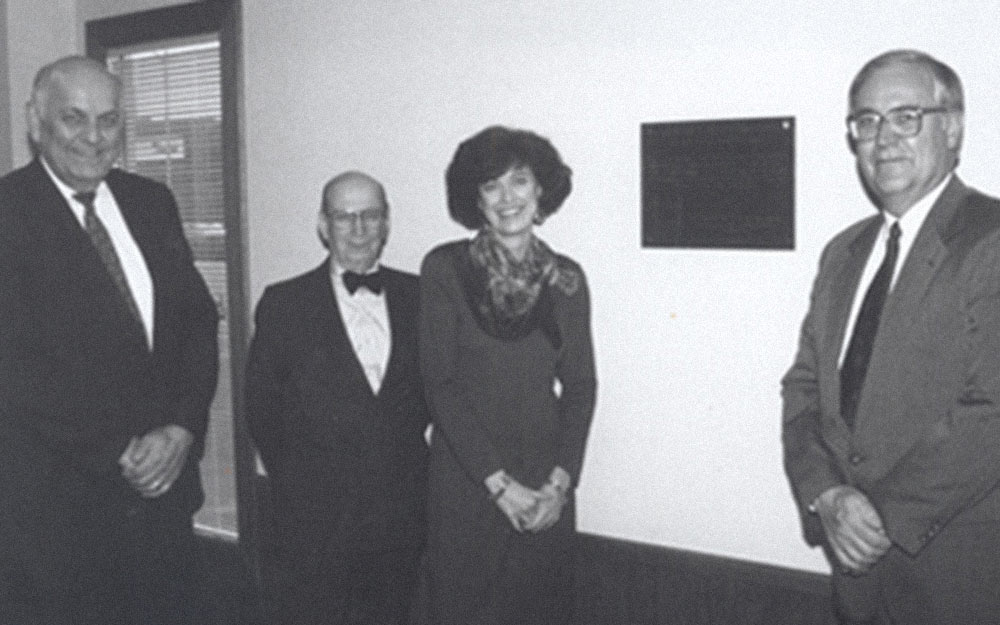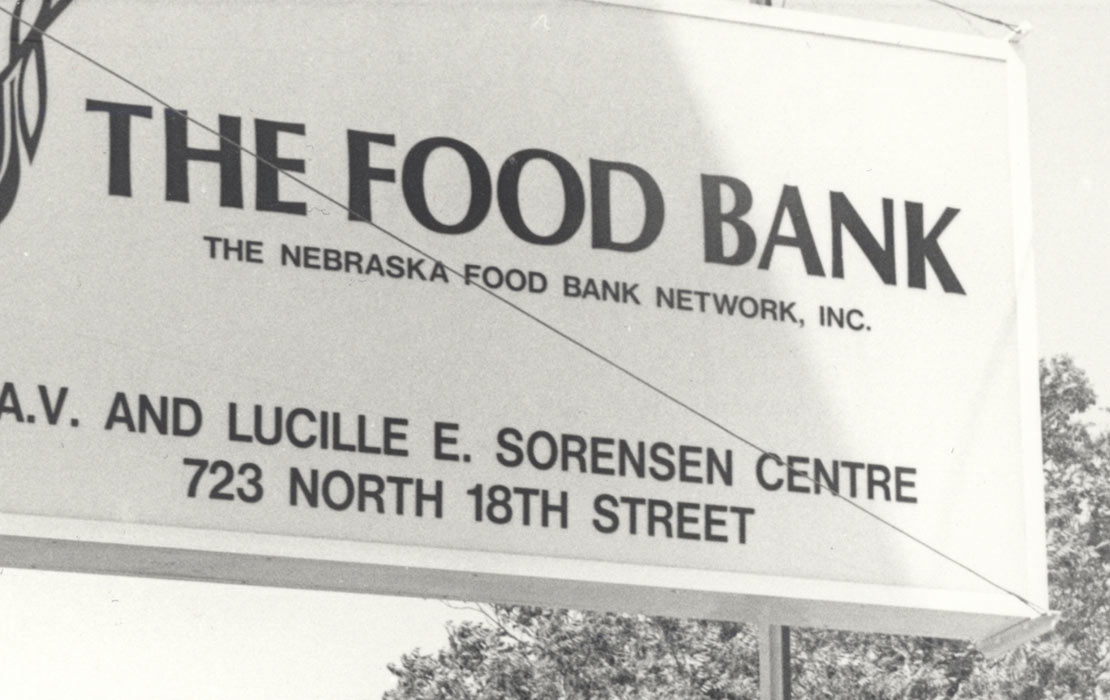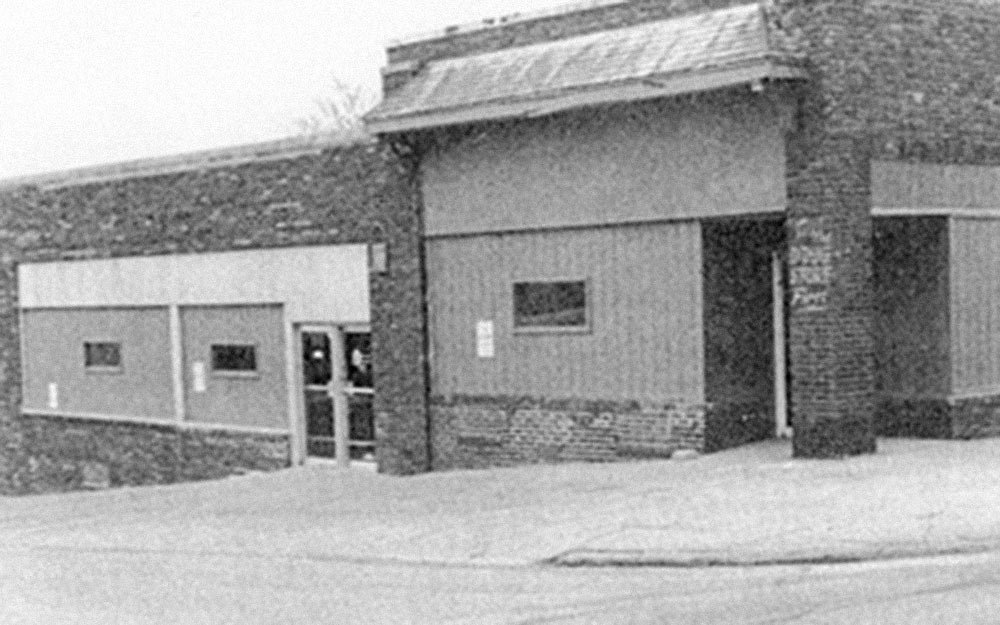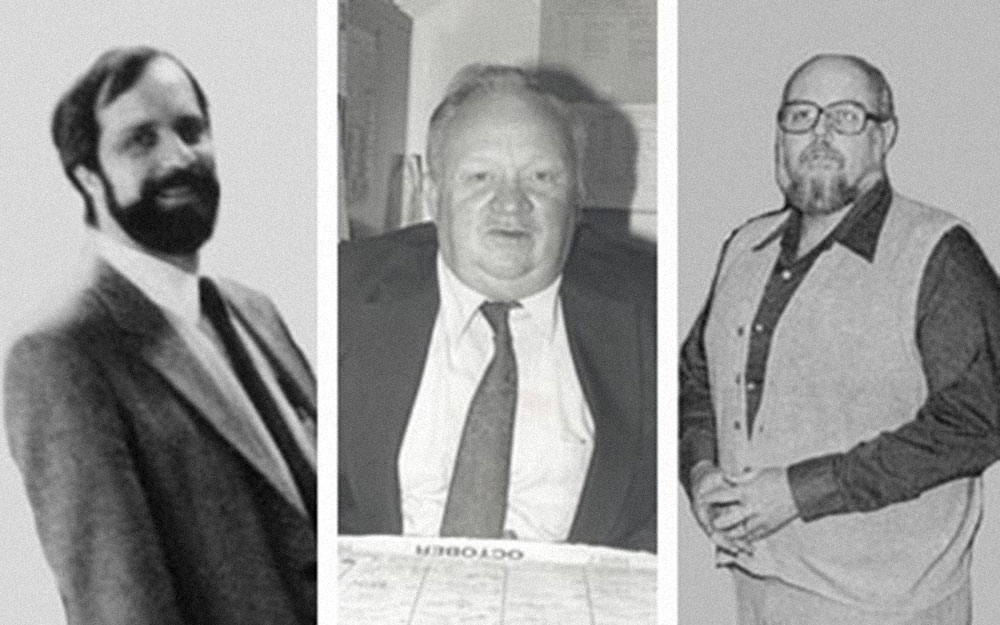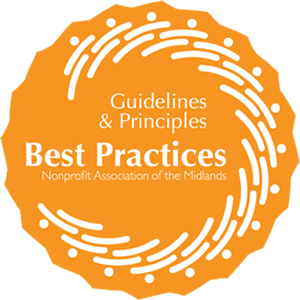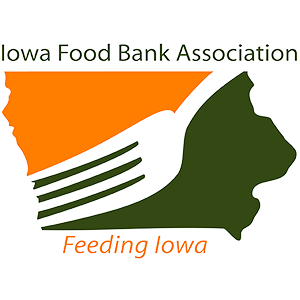Our Story
For 40 years and counting, Food Bank for the Heartland has played a pivotal role in uniting communities across Nebraska and western Iowa in the fight against food insecurity. Looking back, it’s our rich history that has set a strong foundation for a successful future. Learn more about the evolution of our organization.
Food Bank for the Heartland converted a 600 square-foot section of its Volunteer Center into a regional USDA-certified “clean room” — becoming one of six food banks in the country to offer this state-of the-art-facility. Named for its stringent adherence to food-processing safety standards, this new space allows the Food Bank to properly handle bulk quantities of food — specifically animal-based protein.
This was developed all while responding to the continuing pandemic with an unprecedented volume of distributed meals. In FY 2021, the Food Bank provided more than 37 million meals — 8.9 million more than the previous year.
Food Bank for the Heartland launches the Mobile BackPack program and adjusts nearly every aspect of its operation to safely continue to source and distribute food in the face of an unprecedented spike in community need. In 2020 alone, the Food Bank distributed over 32 million meals — 10 million more than the previous year.
The 3,600 square-foot William and Ruth Scott Volunteer Center is completed. Individuals and groups can volunteer their time sorting donated food, packing BackPacks, repacking produce, and helping with other tasks in the comfort of a specially designed spacious and air-conditioned area.
Food Bank for the Heartland relocates to a 76,320 square-foot facility on 105th and J Street. The new headquarters contains a demonstration kitchen that provides educational outreach opportunities on safe food preparation and healthy eating; six dock doors for shipping and receiving food donations; multiple conference rooms for meetings; and space for the organization to continue growing.
To combat the epidemic of childhood hunger in Nebraska, The Salvation Army of Omaha and Food Bank for the Heartland collaborate to create the Kids Cruisin’ Kitchen program (KCK). KCK brings hot, nutritious meals free of charge to the places where children live and play during summer months such as parks, libraries and apartment complexes. In 2021, The Salvation Army became the lead organization for this program.
Don Schinzel retires after 15 years of service. The Food Bank welcomes Susan E. Ogborn as president and CEO.
Don Schinzel is named the third executive director for The Food Bank. The Food Bank distributes 430,000 pounds of food to 224 agency partners.
The need for a food bank in Omaha becomes increasingly apparent as a growing number of people struggled to secure sufficient food to feed themselves and their families. Recognizing this need, Gene Hanlon, Bob McGinnis and Rev. Vic Schoonover collaborate with the Omaha Food Pantry Association to form the Omaha Food Bank.

